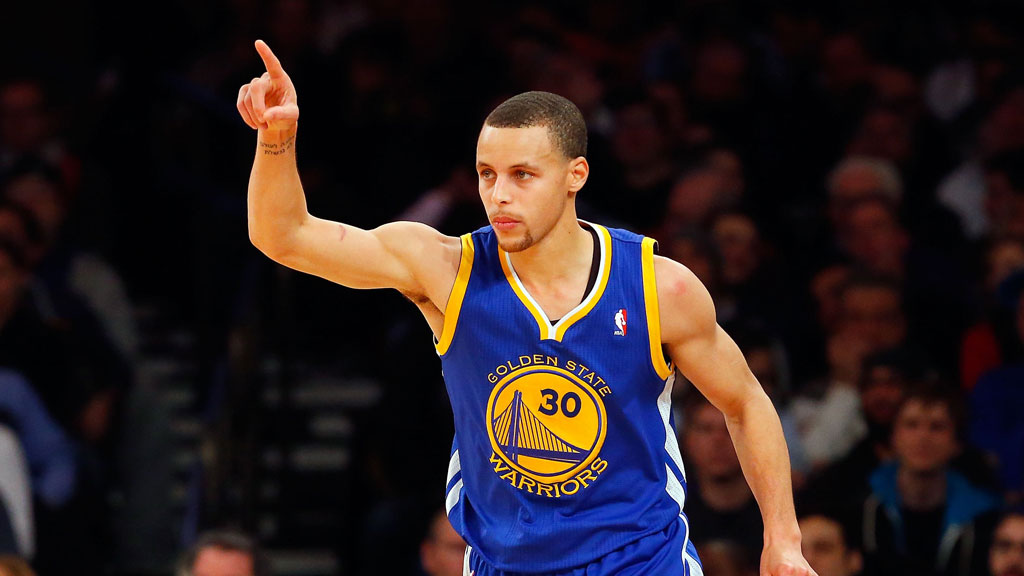We all saw Steph Curry’s game-winning basket to win against Oklahoma in overtime…in the last second…while running down the court…shooting from a few feet inside half-court…and swishing a three pointer…to tie the NBA record for most three-pointers in a single game.
So this morning we launched a Basketball channel on SmartNews. The stories that make it into this channel are driven by an algorithm that reads through millions of articles each day and “knows” if a story is about basketball and places it there. Part of the challenge of teaching this algorithm is that it takes a training set of articles to “teach” it what collection of words, phrases, and headlines make up a basketball story and uses that pattern when it looks for new stories to add to the collection.
The beauty of this once you get it right is that once it’s working, the discovery process is really almost like magic. As it happens, right when we turned it on, SmartNews immediately discovered a story about Steph Curry in the literary magazine, The Paris Review.

It is in this way, SmartNews discovers new content for it’s readers who may not know what the Paris Review thinks of basketball. And in turn, SmartNews brings a new audience of readers to the Paris Review magazine, an audience beyond their usual core audience. Discovery on both ends, that’s what makes SmartNews an engine for the curious.
Here’s an excerpt from Hoops and the Abstract Truth by Rowan Ricardo Phillips (who covers basketball for The Paris Review regularly).
So let’s look at that game-winning three-pointer as a work of art. Suffering—as Auden wrote in his study of Brueghel, “Musée des Beaux Arts”—is a “human position” to understand. You might find it at the center of the scene or at the periphery, but even if it’s not front and center, it’s there: “the dreadful martyrdom must run its course / Anyhow in a corner … ” Look to one corner of Curry’s canvas and you’ll spot Andre Roberson, a role player who earns his roster spot playing defense, doing exactly what the textbook tells you to do: he tried to hustle back to the three-point line in order to position himself to defend from there. But Curry’s frame of reference is neither the arc painted on the court, nor Roberson’s, nor the textbook’s. As Roberson backtracked, his body betrayed its doubt about what it should be doing. His are the motions of someone in a high-leverage situation who’s unsure whether to step back or step up, unsure if he’s defending the past or the future.
Poetry in Motion

Leave a comment